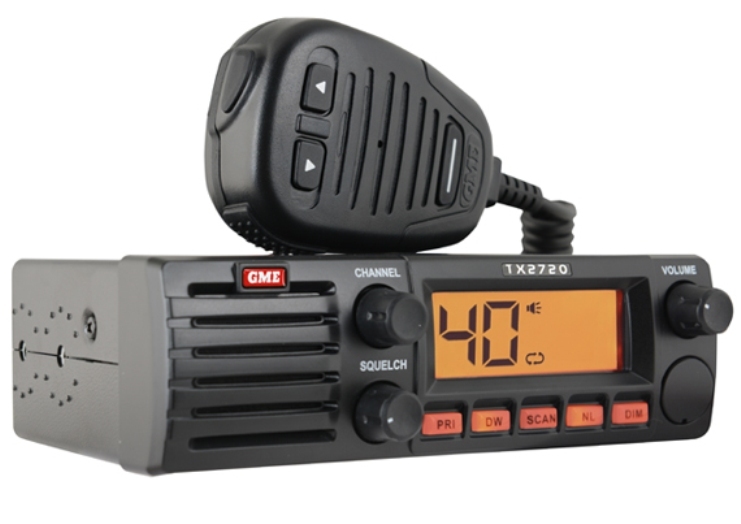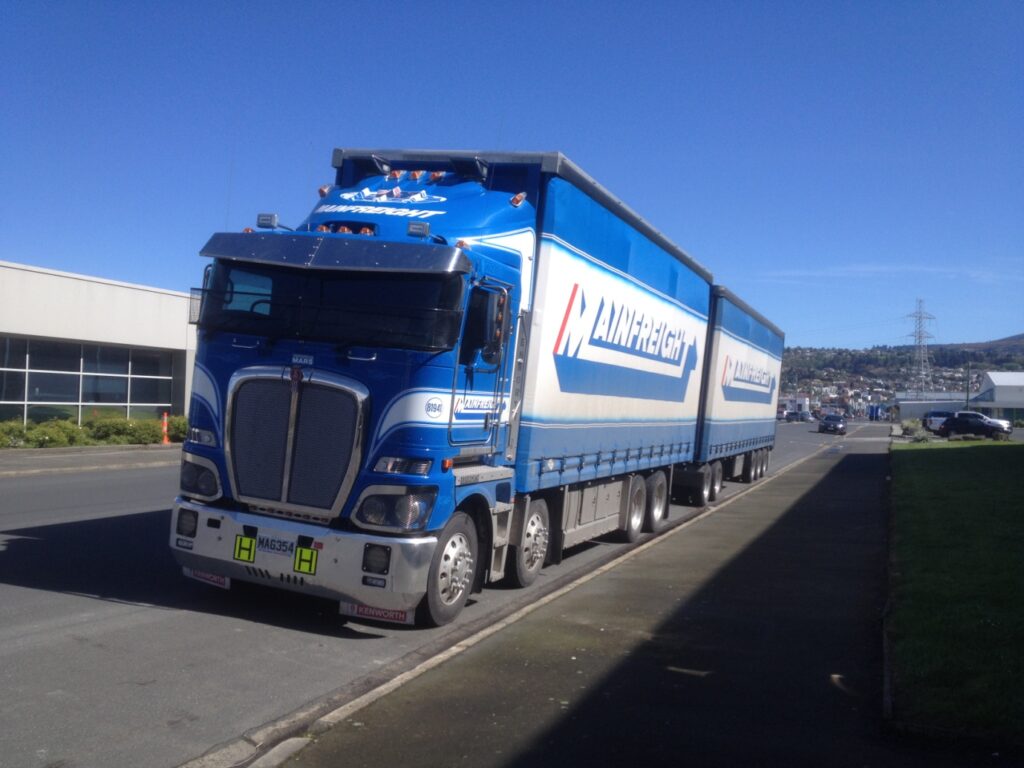CB Radio in New Zealand consists of “CB” and a “Personal Radio Service”. Similarly to Australia, these are covered by a class licence as laid out by the Radio Spectrum Management who come under the Ministry of Business Innovations and Employment. The RSM in so far as radio licencing is concerned would be the equivalent of our ACMA. The Class Licence, No 228151 to be exact, allows for operation of equipment without paying an annual licence fees and comes with the usual rules – type approved equipment, operating on correct frequencies within legal power levels and not causing interference to other users or services. Their class licence came about in July 1994 and just prior to that, around fourteen and a half thousand sets across NZ were licensed and for around the same sort of cost of what we used to pay back in the day. For further information about the RSM and CB radio licensing in New Zealand, visit the website: rsm.govt.nz
The PRS is the equivalent of our UHF-CBRS. It uses the same equipment with the same current 80 channel band plan arrangement. There are a number of PRS repeaters in NZ, most of them on the north island with maybe a couple or so on the south island. That figures and a large part of the south island is pretty rugged inaccessible country.
The most interesting aspect of the PRS, particularly in Dunedin is that there are plenty of outlets selling this equipment – Jaycar, Supercheap Auto and the like. Unlike Australia, finding a vehicle with a UHF antenna on it is a rare sight indeed – extremely rare and in fact the vast majority of 4WD’s in this country do not have any CB radios fitted in them at all. This brings about the question – just who is buying this equipment and for what purpose?
The “CB” band is where it gets interesting. In 2012, the RSM included in its class licence for Australian/US bandplan 27MHz equipment operating in either AM or SSB mode. Traditionally, New Zealand has used 26MHz equipment – a “Kiwi” special if you like. This band spans from CH1 being 26.330 MHz to Ch40 being 26.770 MHz. In comparison, the bandplan in use in Australia/US is Ch1 being 26.965MHz and Ch40 being 27.405MHz.
GME Electrophone make two versions of the TX 2720 which is a 4W AM only DIN sized radio. Externally and with regards to knobs/button layout and LCD display the two are identical. The label at the rear with either a RCM or R-NZ mark on the label will be the only way of telling the New Zealand radio from its Australian counterpart, which will have a “C” tick or equivalent mark on it. Now while both 26 and 27MHz bands are authorised in New Zealand, those who choose to buy the 27MHz variant for use in that country can pretty much expect to talk to nobody but themselves.
Now for the all important suggested channel usage with comparisons between 26 and 27MHz:
Australian 27MHz:
CH8 = Road Information / Trucks
CH9 = Emergency
CH11 = Calling (AM)
New Zealand 26MHz:
CH11 = Road Information / Trucks
Ch 15 = Emergency / Calling (similar to 27MHz marine Ch88)
Ch 16 = Some 4WDs / Clubs
Ch 19 = Pleasure Boats (antenna installations would be interesting)
Ch24 = Motorhomes
Now if you were to do some grey nomadding and were travelling in a convoy, then you might establish the call on Ch24 and whether you stay there or go elsewhere, see how it goes. If you were travelling by yourself then you would be tuned in on Ch11. I believe that there may be some confusion in relation to the use of Ch24 by some motorhome/caravanners with some believing that there is nobody on the channel. It would most likely be that those travellers would be doing a lot of listening and no talking, giving the impression that nobody is on the channel.
Antennas for 26MHz of course will be ever so slightly longer than our ones here in Australia for 27MHz in order to get the electrical length right. The most common brands in use are GME and the New Zealand manufacturer “Pacific”. Pacific antennas sold in Australia are designed for the Marine market including 27 MHz antennas for the boaties. On trucks in New Zealand, twin trucker antennas are the order of the day and it is extremely rare to see a truck fitted with just a single 26MHz antenna.
Unlike Australia, the most popular truck configuration in New Zealand for heavy haul is a twin steer truck pulling a “quin” axle dog trailer, such as the Kenworth K200 above operated by Mainfreight. It is fitted with 26MHz CB connected to GME Electrophone AE2007N “twin trucker” antennas. When underway, the driver will have their ears on CB Ch11.
There is no CREST as such in New Zealand but rather CB Radio clubs monitoring channels including 26MHz Ch11. Like Australia, some of these clubs have had to cease operation due to dwindling membership and younger people using smart phones and skype on Ipads to talk to each other unlike the way we used CB radio in the 1970’s to 1990’s to talk to each other.
In the next article, let’s reminisce and look back at the CB twin trucker antenna installation – what it consisted of, what it was designed to achieve and how it was tuned up…

